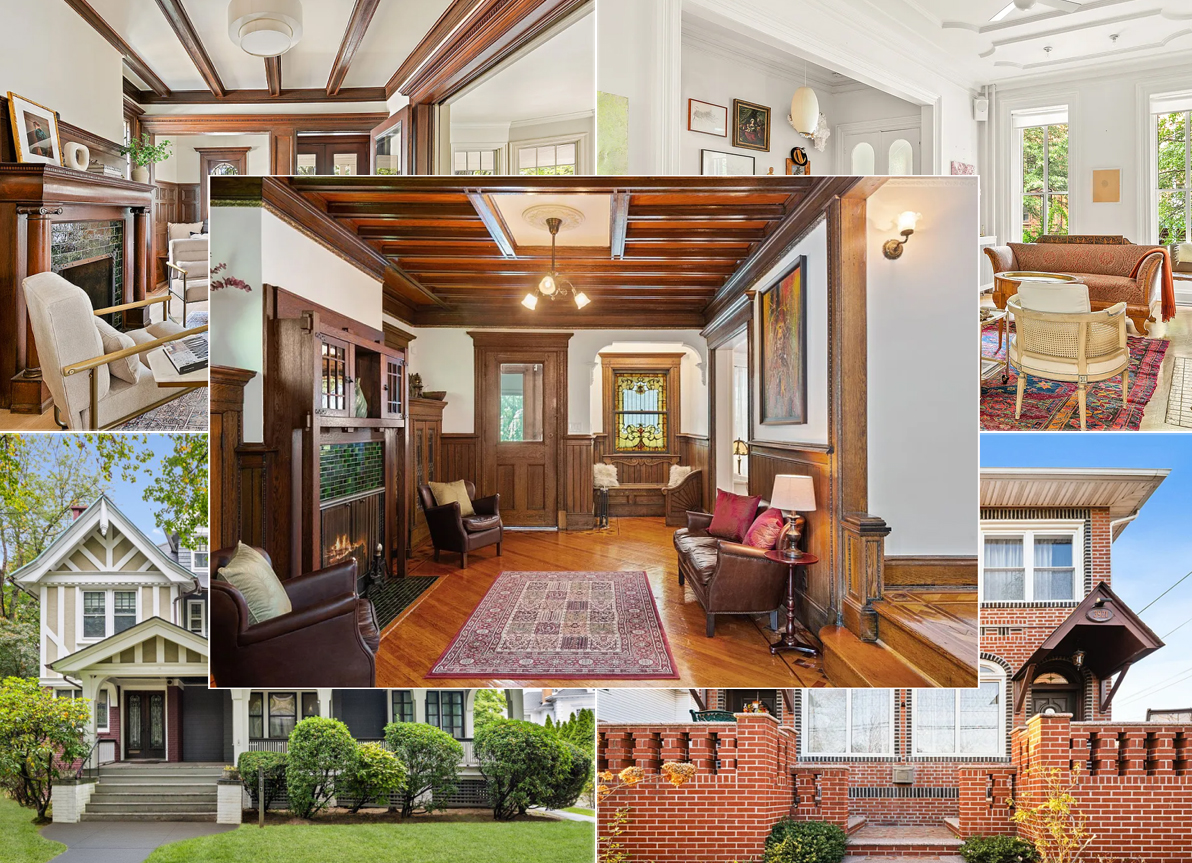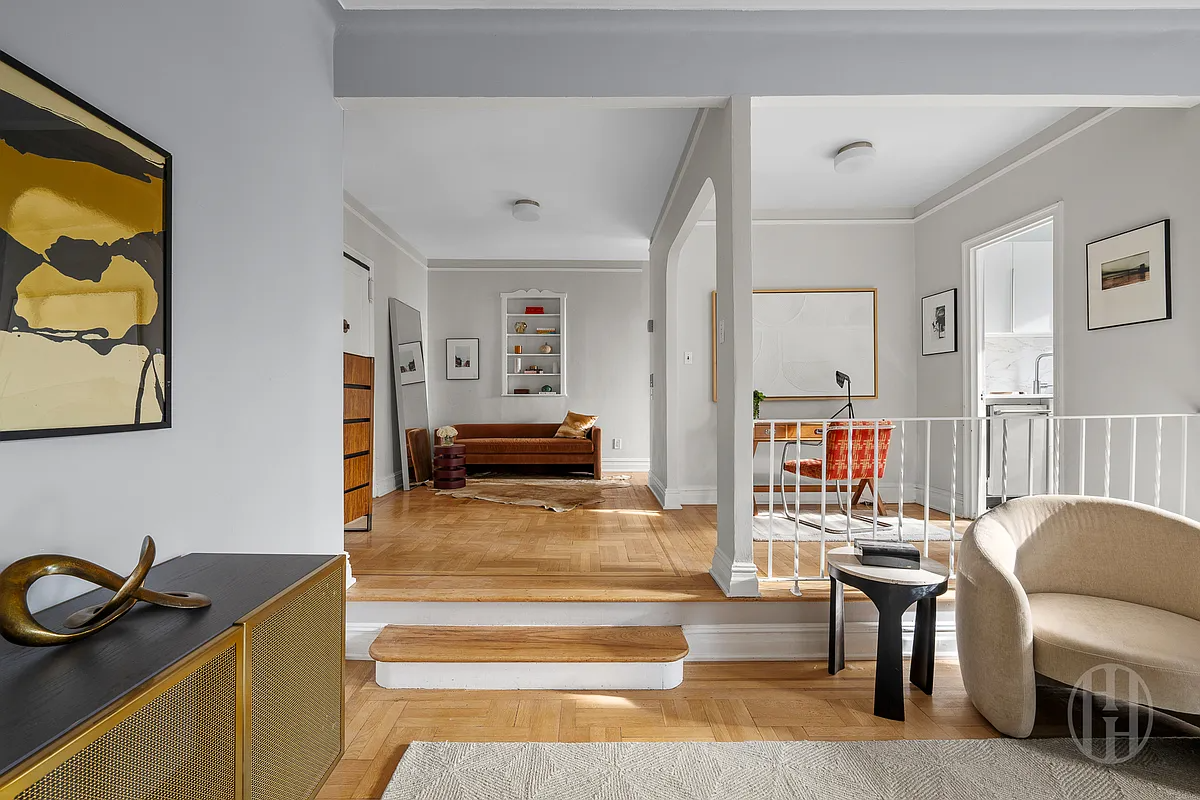Landmarking Tensions Build in Carroll Gardens
A fight is brewing in Carroll Gardens over a growing movement to expand the two-block stretch of landmarked area to include more of the neighborhood’s old houses. Predictably, the battle appears to forming along class and generation lines, with the more working-class old-timers bristling at the loss of control over their own homes. “I bought…

 A fight is brewing in Carroll Gardens over a growing movement to expand the two-block stretch of landmarked area to include more of the neighborhood’s old houses. Predictably, the battle appears to forming along class and generation lines, with the more working-class old-timers bristling at the loss of control over their own homes. “I bought my house under the pretense that I can do what I want to it – inside and outside,” long-time resident Butch Mule told The Daily News. Unfortunately, though, some of these long-time residents have not exactly distinguished themselves as guardians of the neighborhood’s architectural legacy. “We don’t want buildings to get funky additions on top and inappropriate modifications to the facade,” said architect John Hathaway, who is among those who have lived in the neighborhood for decades that does feel the area’s buildings are worth protecting. “The neighborhood has become so popular because of what it [looks like].”
A fight is brewing in Carroll Gardens over a growing movement to expand the two-block stretch of landmarked area to include more of the neighborhood’s old houses. Predictably, the battle appears to forming along class and generation lines, with the more working-class old-timers bristling at the loss of control over their own homes. “I bought my house under the pretense that I can do what I want to it – inside and outside,” long-time resident Butch Mule told The Daily News. Unfortunately, though, some of these long-time residents have not exactly distinguished themselves as guardians of the neighborhood’s architectural legacy. “We don’t want buildings to get funky additions on top and inappropriate modifications to the facade,” said architect John Hathaway, who is among those who have lived in the neighborhood for decades that does feel the area’s buildings are worth protecting. “The neighborhood has become so popular because of what it [looks like].”
Issue of Landmarking Splits Carroll Gardens [NY Daily News]





DIBS I spell the way me wants to spell. There are no more rules in this country why should I spell correctly? If idiots that should have never been allowed to qualify for a loan were given multimillion dollar loans which I have to pay for! And you are worried about spelling. It is all going down the drain!
The appreciation of beauty, in this case, architectural beauty, is not limited to the wealthy or the educated. I resent the implication that middle, lower middle or poor people can’t appreciate the beauty of their homes in the same way wealthier people do, and are therefore somehow against landmarking or protecting their property. I’ve been involved in the landmarking of Crown Heights North for some time, and some of the most ardent supporters of landmarking have been elderly folks, long time residents, not all of whom are well educated, and most are certainly not wealthy. They just know beauty when they see it, and want to be able to keep it. That can be said of most people involved in preservation and local landmarking efforts. There are very few, if any, preservation nuts in our community, just ordinary people who feel blessed and privileged to have these amazing homes, and want to be able to pass them along to their families, or to those who share in that appreciation.
“It is the overprivileged who are very comfortable trying to impose their will/desires on others. These are cultural features.”
Orestes- LOL!!
You have a good point but I think there is more to it than that and one of the things that is important is the idea that certain things go to the greater good in a community, especially taking the long view. Poorer communities see this in action, and I think it is very telling that the Bed-Stuy House Tour is one of the oldest and most venerated House Tours, and came about before Bed-Stuy saw serious gentrification. There has always been great community pride in many poor and working class neighborhoods but it doesn’t get much attention. In that sense landmarking is seen as a tool to bolster neighborhoods, and a positive thing. Also, LPC makes great effort to educate the residents as to what is involved, and landmarking is a lengthy process with many meetings and much information given out.
Bxgirl- thanks for your response. I think there’s a difference between landmarkers and people who want to preserve their neighborhood. As I mentioned upstream, in my experience working class people would not embrace the restrictions/costs associated with landmarking. Sure, they don’t want teardowns, etc. and might find landmarking is their only resort (although again I think if they were fully informed they would usually reject landmarking). I would bet that most of the landmarking crowd are overprivileged people for the simple fact that working class people generally do not think it’s anyone’s right to tell you what you can and cannot do with your property. It is the overprivileged who are very comfortable trying to impose their will/desires on others. These are cultural features.
orestes- I’m involved with CHNA and know the people who started the process. Yes there were some people who didn’t want landmarking but most seemed ok with it. I don’t know all the specifics but I believe LPC has programs to help those who are having difficulty with repairs and such. And the push to get landmarked began quite a few years ago- CHN is not a gentrified neighborhood, although there is growing interest. But for the most part is still filled with families that own their houses and that core has been what kept the neighborhood relatively stable.
Neighborhoods like CHN and Bed-Stuy are prime spots for teardowns and they saw a lot of it. I think one mistake most people who are anti=landmarking make is to assume only gentrifyiers care about the character of their neighborhoods, or that working class people don’t understand that a nice looking neighborhood with beautiful streets and trees is a better place to live. Landmarking in CHN was a true grass roots effort.
As an example of a landmark with diverse styles, the newly landmarked area on Ocean Ave includes approximately 10 brownstones and 2 brick buildings (of limited architectural value) from the 30s.
While I see where Benson et al are coming from in their view of pro-Landmark forces in certain neighborhoods pushing for an elite aesthetic standard that ultimately pads their wallets and the inherent snobbishness of not wanting to look at one’s gauche neighbor put up one of Fiberama’s ghastlier awnings over the front stoop of their brownstone – I just want to chime in for the other side, as a CH resident.
Landmarking would help over in my neck of the woods because although I live on a mostly brownstone block that’s very pretty, there’s nothing stopping an owner from tearing down their brownstone and putting up some ugly, cheap-ass Fedder like townhouse.
My neighbor across the street resurfaced his brownstone’s front stoop with that fake multi-colored cut stone looking material (if you know what I mean) and replaced the battered but still mostly intact original bannisters with a thinner non-traditional handrail.
We’ve already had a couple of brownstones quietly turned into some sort social services half-way residences, and even though I don’t know whether LPC would put an end to such shenanigans, there’s nothing in place from having an owner tear down a handful of 100 year old brownstones if the mood strikes them.
CH also faces the problem that there’s a couple of landlords who own a whole lot of property in the area, so if they want they can completely change the look of entire blocks if so inclined.
Benson- I should take my prize and run, because I’m not sure when we’ll agree next. Interestingly, the DisneyWorld image came to my mind as well. “Next we’ll be turning into 1896 Brooklynland.”
Bxgirl- do you have any support for your contention that working and middle class residents are the force behind landmarking? It is my experience that most working class people (at least) would react in the same way Mr. Mule does in the article. You’re telling me that working class people support all of the restrictions that come with landmarking? I seriously doubt it. Sure, they would like to preserve the character of their neighborhood (newsflash- everyone does) and would rather see houses restored than torn down and turned into lots, etc., but that’s very different from pushing for landmarking.